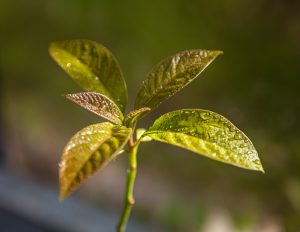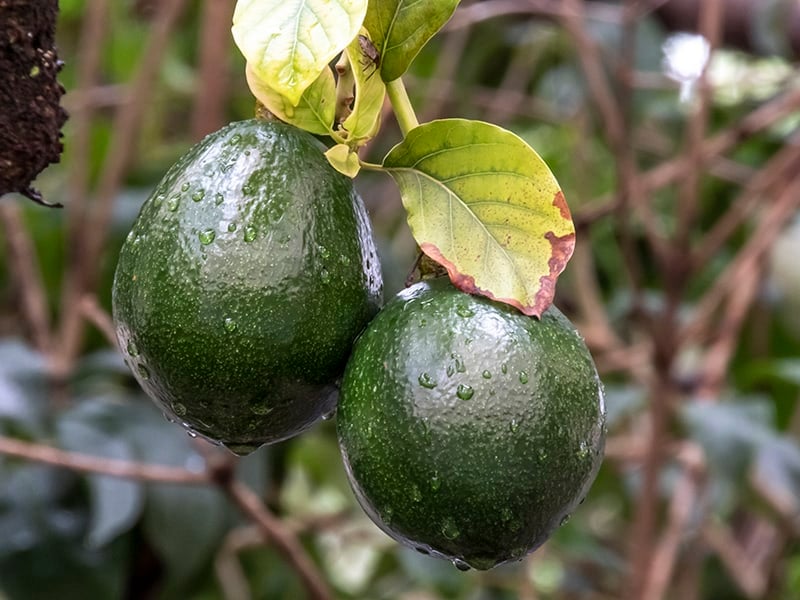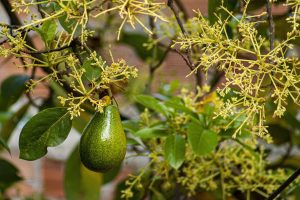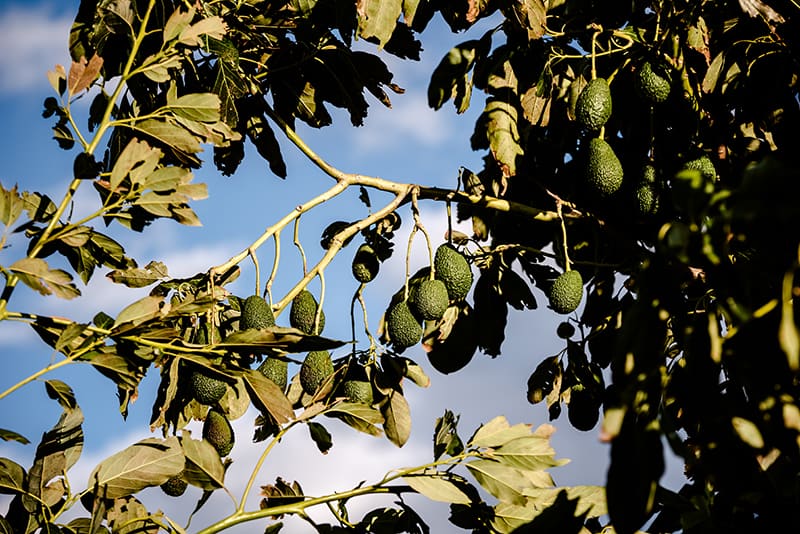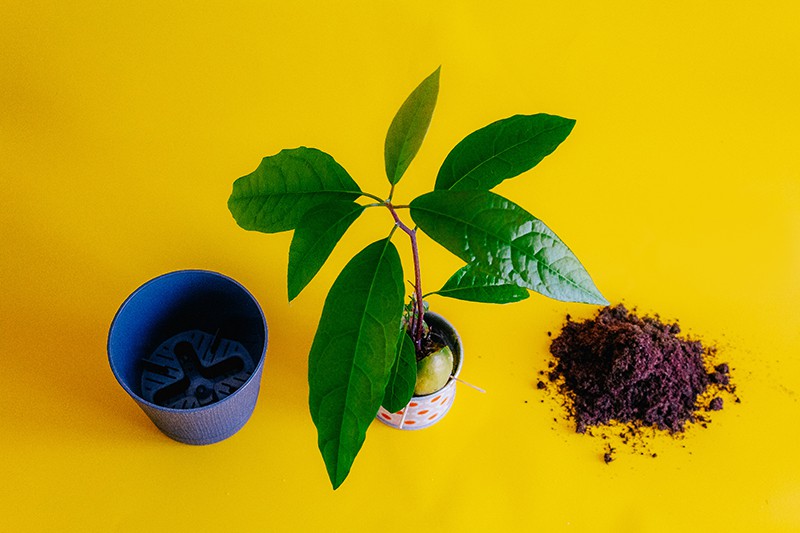- Home >
- Avocado Trees
Avocado Trees for Sale
6 Results
-
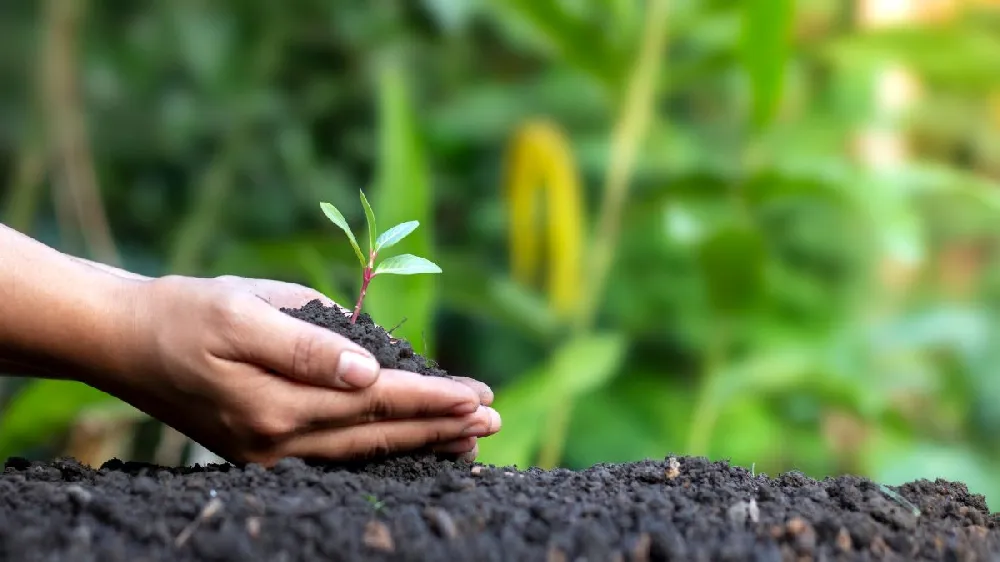 Growing Zone(s): 2,3,4,5,6,7,8,9,10,11,12$16.95
Growing Zone(s): 2,3,4,5,6,7,8,9,10,11,12$16.95 -
Best Seller
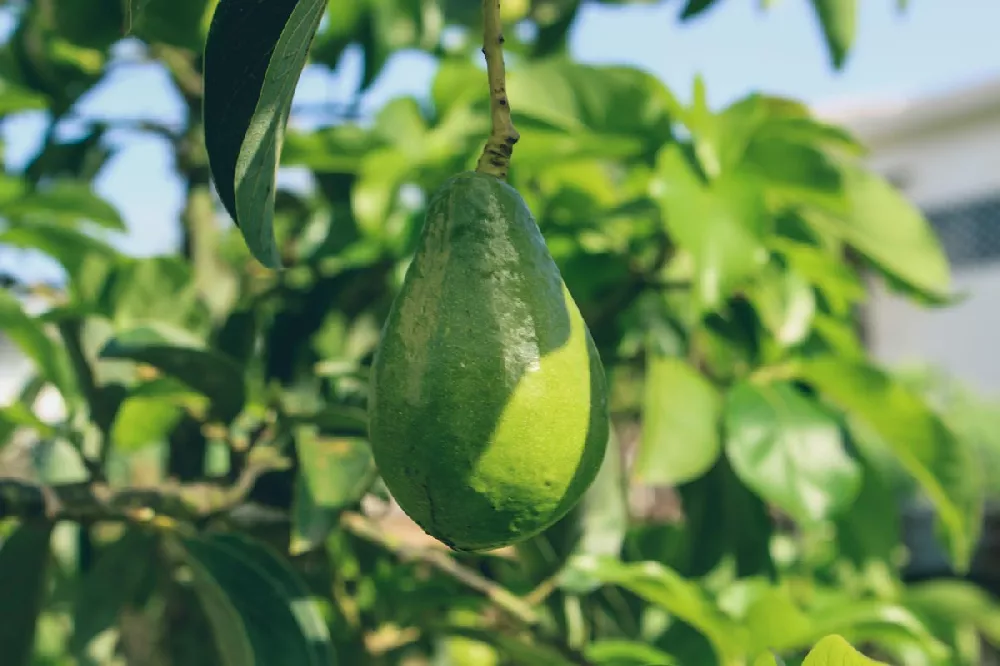 Growing Zone(s): 3-11 / 8-11$149.95
Growing Zone(s): 3-11 / 8-11$149.95$159.95Save up to 6% -
Best Seller
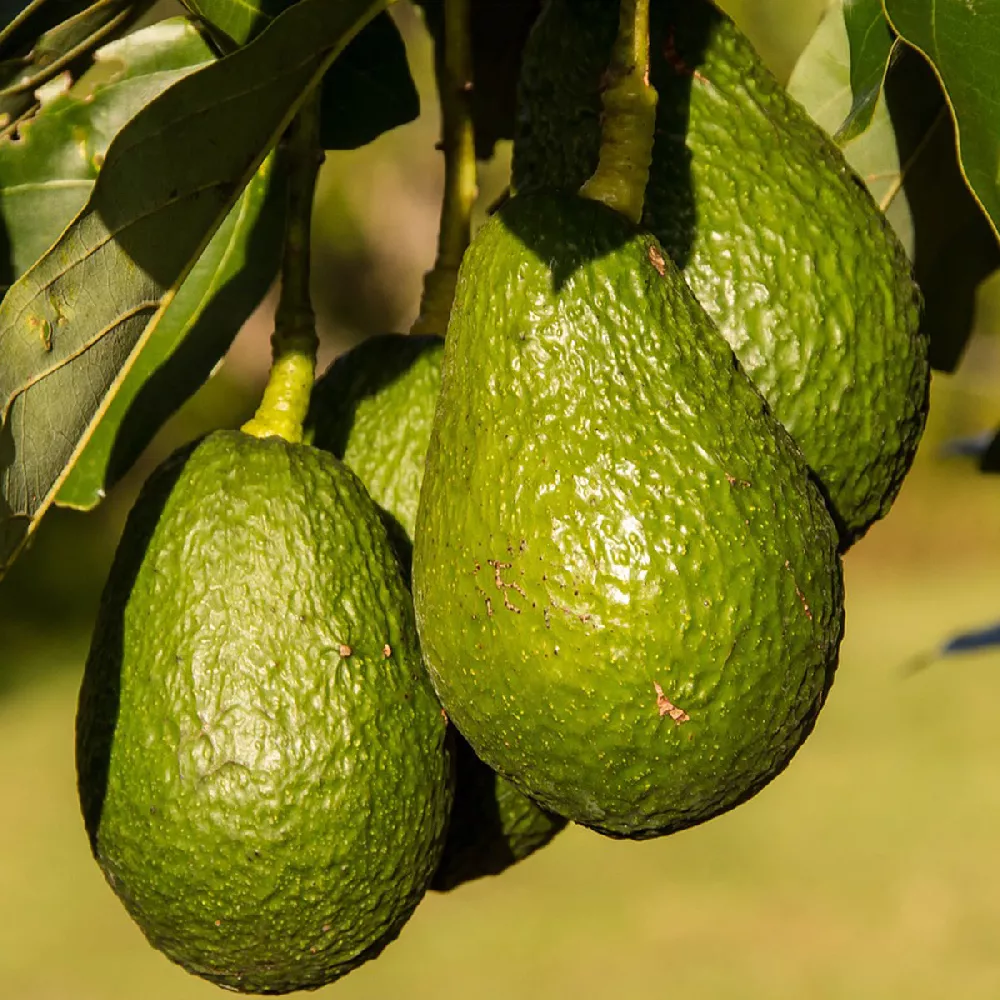 Growing Zone(s): 3-11 / 9-11$194.95
Growing Zone(s): 3-11 / 9-11$194.95 -
Sold Out
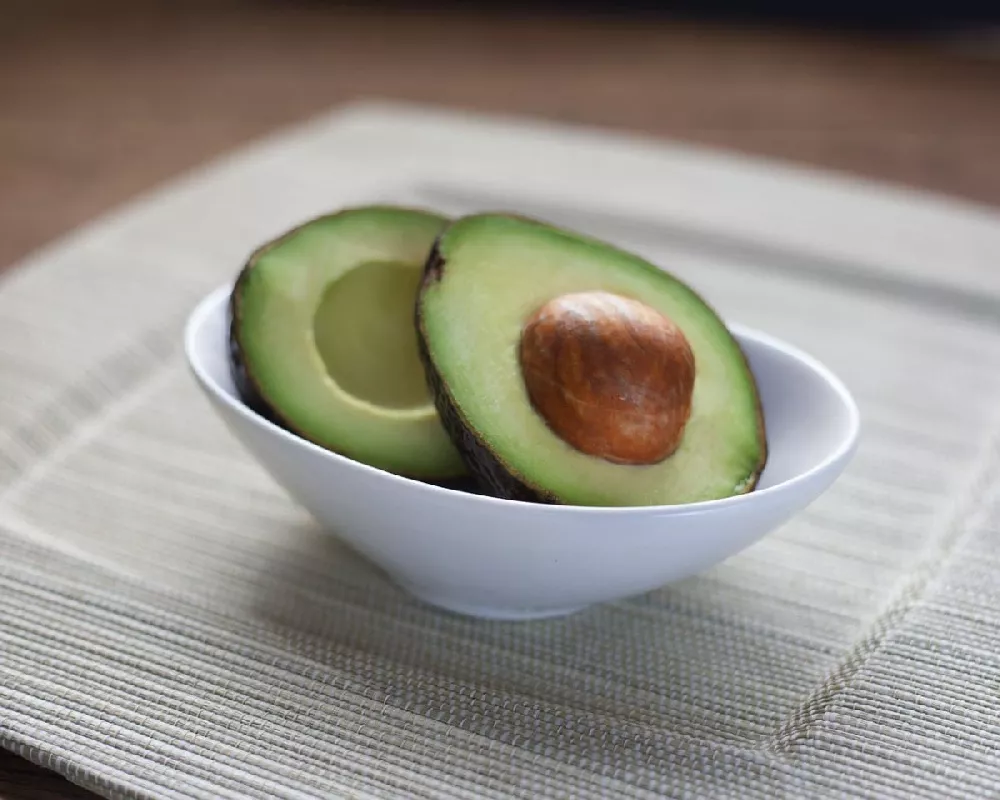 Growing Zone(s): 3-11 / 9-11$99.95
Growing Zone(s): 3-11 / 9-11$99.95 -
Sold Out
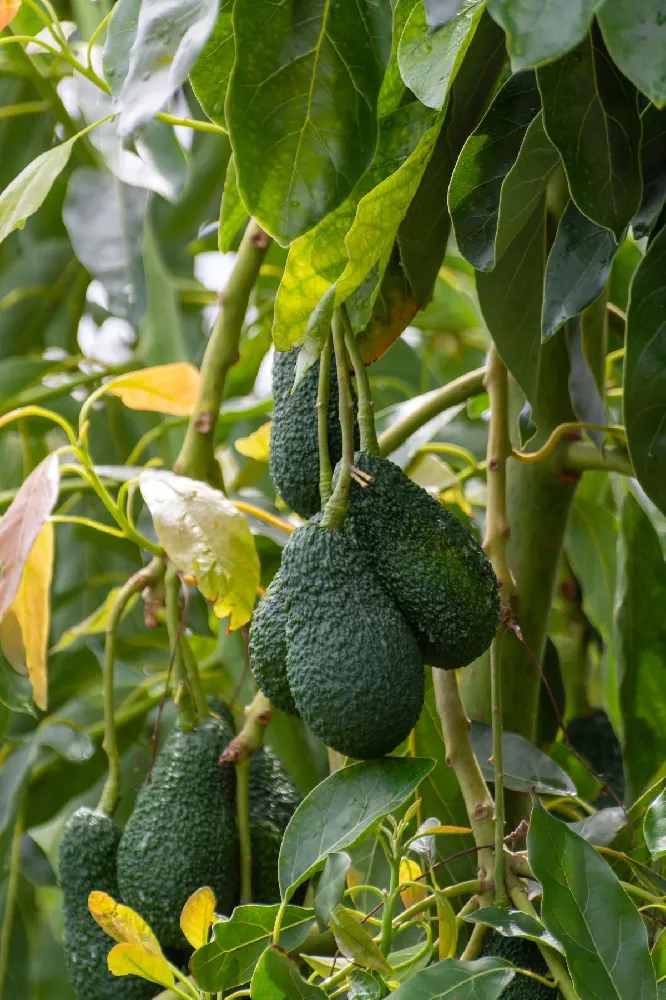 Growing Zone(s): 3-11 / 9-11$239.95
Growing Zone(s): 3-11 / 9-11$239.95 -
Sold Out
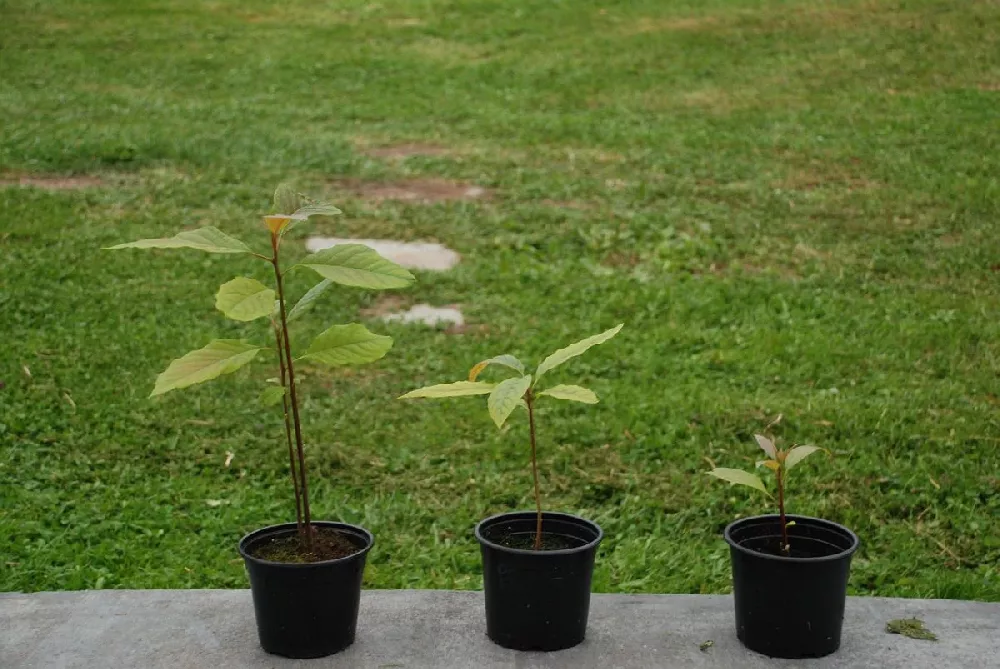 Growing Zone(s): 4-11 patio / 8-11$344.95
Growing Zone(s): 4-11 patio / 8-11$344.95
Avocado Trees for Sale – Buying & Growing Guide
You may think that only those who live in the sunny South can enjoy the fruits of an avocado tree. But these sub-tropical plants are not hard to grow in a large pot, and reward the gardener with eye-catching glossy dark leaves as well as a luscious harvest.
Avocado Tree Overview
| Origin | South-central Mexico |
| Name | Persea americana |
| Family | Laurels (Lauraceae) |
| Fertilizer | Feed regularly with a balanced, controlled-release fertilizer |
| Max growth | 65 feet |
| Poisonous for | Almost all animals. Ingesting causes diarrhea or even death |
| Light | Full sun |
| Water | Frequent watering once or twice a week |
| Temperature | Prefers warm temperate, subtropical and tropical climate |
| Soil | A rich, fast-draining general-use potting soil mix |
| Humidity | When indoors, mist daily or use humidifier |
| Propagation | Planting seeds, rooting cuttings, layering and grafting |
| Pests | Root rot, laurel wilt, scale, caterpillars, lace bugs |
| Favorite variations | Hass |
| Growing Zones | Indoor: 4-11, Outdoor: 9-11 |
How to Grow Avocado Trees
How to plant avocado trees
Choose a well-drained site that is protected from wind, with at least six hours of sun each day. Avocados can grow as tall as 40 feet, so if you’re planting more than one, make sure you’re leaving at least 20 feet or more between them. Avocados aren’t picky about soil type, but they like a neutral to slightly acidic pH.
Dig a hole that is twice as large as the root ball of your sapling and just as deep. If any of the roots are circling the root ball, prune or tease them out so that they don’t girdle the tree, which can eventually kill it. Throw some compost or other organic matter into the hole and then plant your tree at a level that’s slightly higher than it was in the pot.
Once you have backfilled the hole with soil and tamped it down firmly, give your tree a generous drink of water. Mulch the area around your tree’s roots, and keep it free from weeds so they don’t compete with the avocado for water and nutrients.
How to achieve maximum results
Avocado trees are native to subtropical areas in Central and South America. To achieve maximum results, you’ll need to either live in a similar climate — USDA Hardiness Zone 8 or higher — or grow your avocado in a pot that can be moved indoors when temperatures reach freezing points. Siting your tree carefully is one of the most important things you can do to make sure it’s going to receive the most sun and nutrients possible.
How to Care for Avocado Trees
Watering and nutrients
Once established, avocado trees don’t need much supplemental watering unless you’re experiencing very dry conditions. The tree has shallow, wide roots, so if you do water, cover the entire area beneath the tree’s canopy. Potted avocados will need more water than those planted in the ground. If the leaves start to turn yellow, it may mean you’re watering too much, so cut back accordingly.
Choose a fertilizer for your avocado that is formulated for avocado and/or citrus, preferably one that is higher in nitrogen than in phosphorus and potassium. That means you’ll look for a fertilizer where the first number is largest, such as 10-5-5.
Give your tree a light feeding, as per your fertilizer’s instructions, three times a year: in early spring, summer, and fall. Don’t feed during the winter, when the tree is dormant.
Pollination
Avocado trees have an unusual pollination system. Each tree may have millions of tiny flowers, which contain both male and female traits — but not at the same time. So on one day, all the flowers on a tree will be male, and on the next day they will have switched to become female. Because of this, you will get the best crop if you have more than one tree, so that flying insects such as honeybees can move the pollen from a male flower to a female flower to produce fruit.
Pruning
Prune in the early spring when the tree is still dormant. First, prune out all dead, damaged, or diseased branches, as well as those which are crossed and rubbing against each other. Prune suckers at ground level or branches that are too low on the trunk, and prune to open up the canopy. Ideally, you want the main branches to be three to four feet apart.
Pests and diseases
Avocados are prone to pests such as the avocado brown mite, avocado thrips, and the omnivorous looper. One of the best ways to deal with them is to encourage natural predation. The spider mite destroyer lady beetle, for example, can control the brown mite. Your county extension agent or local nursery can help you find ways to encourage these predatory insects.
Anthracnose is common in avocados, but can be controlled with good practices, such as pruning out dead limbs and keeping the area around the trunk clear. Verticillium wilt will cause leaves to turn brown and die, but your tree may recover if you prune off the infected branches and cultivate properly.
Harvesting
Harvest your avocado fruit when it is still immature. It should be green and hard, which happens in early fall. To test if they’re ready for harvest, pick one and let it ripen on your countertop for a week. If it becomes soft and ready to eat, pick the rest of the crop. If it shrivels or becomes rubbery, the crop isn’t ready.
Temperature
Young avocado trees do best at moderately warm temperatures of around 60-85 degrees Fahrenheit. They should never be exposed to freezing temperatures. Once they are mature (3 years or older) they’ll be able to tolerate colder temperatures (28-32 degrees Fahrenheit).
Light
Avocado trees thrive in full sun. If kept indoors, place the pots in the brightest spot of the house. If you’re growing your avocado from the seed, keep it on the windowsill until the roots emerge.
Soil
The best type of soil for avocado trees is a well-drained and coarse one, such as sandy loam. Sandy, loose fertile soil provides the best drainage. Choose a light potting soil like a mix for succulents as this type effectively drains excess water. You can also lay some pebbles at the pot’s bottom before filling it with soil.
Indoor planting
If you have purchased your avocado tree from a nursery and wish to grow it indoors, you must plant it in a bigger container as soon as you bring the plant home. This is important to ensure your tree has plenty of room to spread out and establish. It is also vital to ensure the pots you use have plenty of drainage holes to prevent root rot. You may also grow your avocado indoors from seed (more about that later).
How to plant an avocado tree from a pit
It is possible to sprout an avocado seed in a glass of water. This is the easiest and the least expensive way to grow your own avocado tree. However, it takes time (up to 6 weeks) for the roots to start appearing so be patient!
What you’ll need:
- Avocado seed
- 4 toothpicks
- Glass or jar
- Water
- Potting soil
- Pot
Step 1. Wash the pit thoroughly and remove the brown skin.
Step 2. Insert 4 toothpicks into the pit starting from the pointy end. Spread out the toothpicks evenly around the pit, but make sure you stick them in far enough to hold the pit in place.
Step 3. Now gently set the pit in the glass container with the pointy end up.
Step 4. Pour enough water in the container to cover half of the pit.
Step 5. Place the pit on the windowsill or in a sunny location for direct sunlight.
Step 6. Top up the water every 2 or 3 days.
Step 7. As soon as you see stems growing from the seed, cut them back by half to encourage better growth.
Step 8. Once the new leaves have developed and the root system is thicker, you’re ready to transplant the sapling to a pot.
Step 9. Add potting mix to a container and allow it to grow outside if the weather is warm enough.
Watch this quick video to get a better idea of how to grow an avocado from pit.
Repotting avocado plants in six steps
Repot your avocado tree every spring for the first few years to allow maximum growth. Follow these steps to learn how:
Step 1. Check the current container size to see if the plant is root-bound. Gently tilt the container to one side so the plant falls out. If it’s rigid, run a blunt knife around the outside of the roots to free the plant from the pot. If the roots are tangled, then it’s time for a new, bigger pot.
Step 2. When choosing a new pot, it should be no more than 3 inches larger than the current one. Avocados don’t like sitting in water so make sure the pot has adequate drainage as a saucer to collect the excess water.
Step 3. Now lay the plant on its side on a newspaper or cloth.
Step 4. Free up the tangled roots using your fingers, and if there are any rooting ones, remove them with a pruning shear.
Step 5. Put a small amount of potting soil in the new pot’s bottom. Fill the container around the outside of the root ball with more soil. Note: use the same potting mix as you did in the previous pot since there should be no soil weight or consistency difference. Plant the avocado at the same level as it was originally planted in the previous pot, with one quarter of the seed above the soil’s surface.
Step 6. Water the plant well after repotting. If the soil settles, fill the holes with more potting soil.
Frequently Asked Questions
How do I keep pests off my avocado tree?
Avoid high-nitrogen fertilizers as they promote quick growth and attract pests. Don’t plant your avocado near a vegetable garden or perennial bed where bugs are most likely to be found.
Will a pit-produced avocado tree bear fruit?
Yes. It can take up to 10 years or more from the time the pit is planted. Avocado pits take much longer to bear fruit than a grafted tree, which takes half the time to bear fruit (5 years).
How do I take care of an avocado tree?
Water the tree deeply and often. Let it dry out before watering again. Mulch the tree with 3-4 inches of coarse pine bark to conserve moisture. Make sure you leave a few inches between the tree trunk and mulch. Avoid fertilizing the tree during the first year of planting.
How do I grow an avocado tree indoors?
Growing avocados indoors is easy and a lot of fun. Simply plant the sprouted seed in an unglazed clay pot that’s at least 10 inches deep or twice as deep as the roots. Add a potting mix blended with compost and sand to create a fast-draining, loose composition. Lastly, make sure your avocado tree receives plenty of direct sun.
Popular Avocado Varieties
There are around 1,000 avocado varieties in the world, but we won’t be listing them all here. The most commonly found avocado variety is Hass, which is grown in large quantities in Latin America and California and almost always found in your local supermarket. Most people will be familiar with the Hass avocado; it is small with dark, green-colored pebbly skin. Other common avocado varieties include:
Mexican
- Small and smooth skinned
- Purple, black, or green in color
- Weighs under 1 pound
- Can tolerate temperatures of 19 to 20 degrees F
Guatemalan
- Rough, thick skin
- Weighs from half to 5 pounds
- Tolerates temperatures of up to 30 degrees F
West Indian
- Smooth, leathery skin
- Weighs 1 to 5 pounds
- Does not tolerate temperatures below freezing

